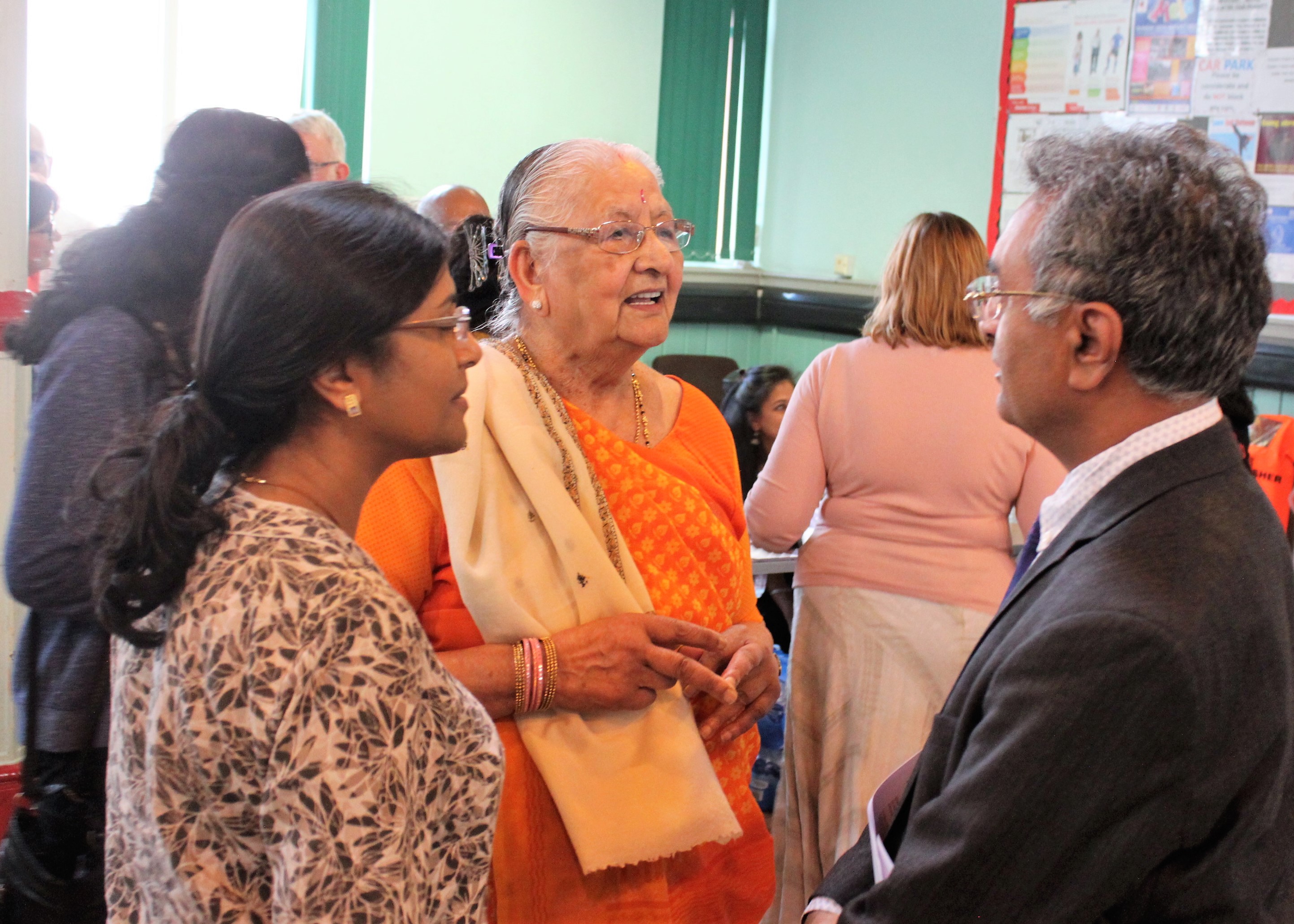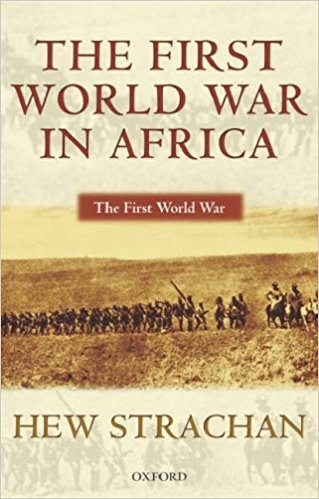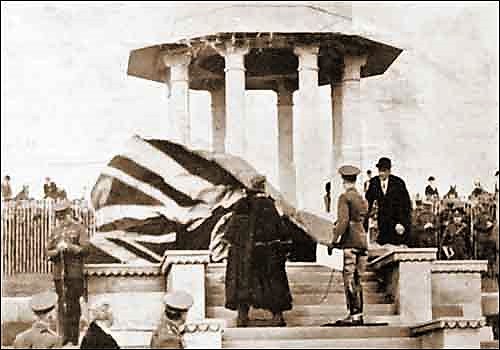The year 2017 is a very special year in the shared history of India and United Kingdom. This year we celebrate and remember the 70 progressive years of our changed relationship. In doing so we look ahead to the many decades of further strengthening this friendship but also take the opportunity to reflect upon the past, especially that which has been largely ignored.
The Indian contribution during the First World War has mostly been a bitty memory of fading pictures and medallions left to the confines of sections of museums and private collectors. I am grateful to Golden Tours Foundation and Heritage Lottery Fund for having brought this aspect of history alive in the form of oral histories, stories and narration of various elements of the First World War, not commonly known to members of public.
Often in remembering history of war, the focus remains largely on the military aspect of it. What makes this e-book unique is its focus on the various aspects of the war including perceptions of young people, personal accounts of families of those who served in the Great War, perspectives of academics, historians and practitioners. The project itself has been organised in a manner that it portrays the perspectives of individuals from varying backgrounds and age groups, especially young people from both India and the UK. I am also pleased to read the chapter on the non- military Indian contribution in the First World War in this eBook which makes it a more accurate remembrance of the First World War from the Indian perspective.
History books are usually long and it needs a certain discipline to read and absorb them. However, I must congratulate Nitin Palan, Chairman, Golden Tours Foundation for having thought of using the modern-day technology to make history more accessible and easier to absorb. The way it is laid out and structured, each chapter is a stand-alone section that has short videos to explain the subject matter as also links to further readings. The lucidity and ease of understanding makes the sections readily accessible for schools and young people as part of their readings on First World War.
I present to the reader this eBook with pride and hope that the pages ahead will be shared and disseminated widely and that this eBook will continue to grow into a library of resources on an accurate understanding of the Indian contribution during the First World War.












